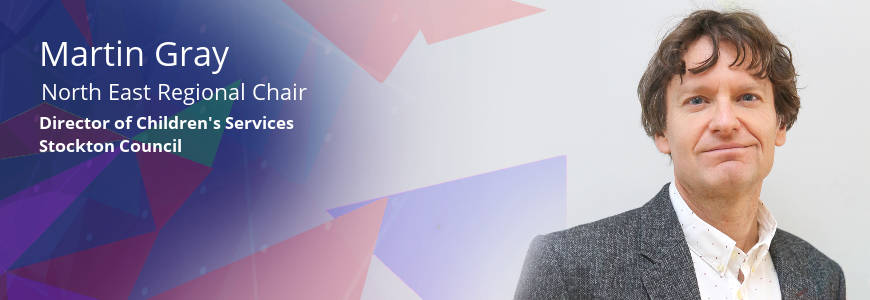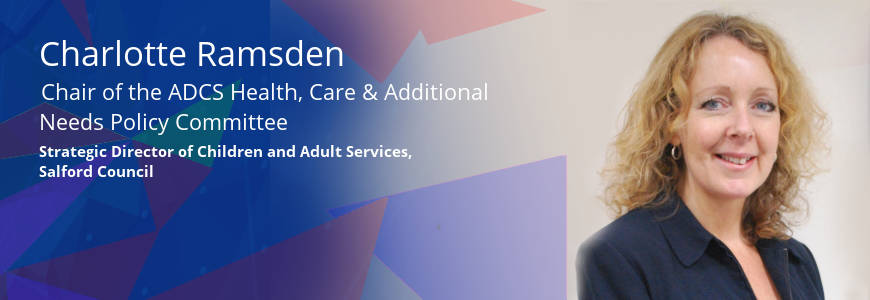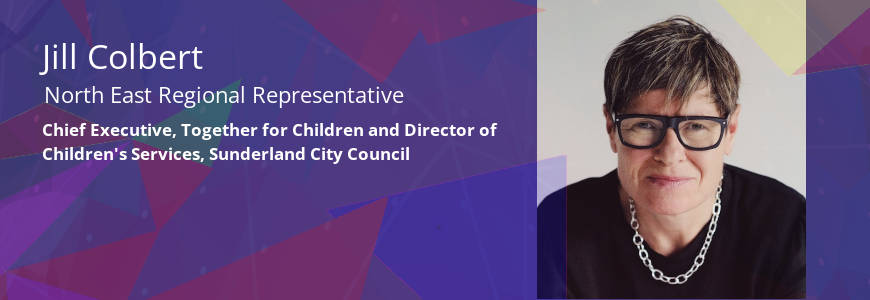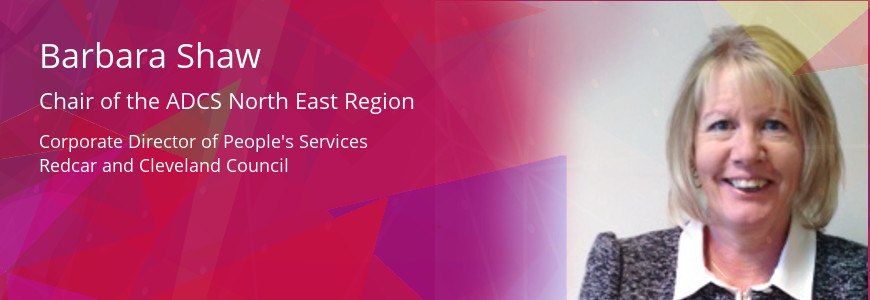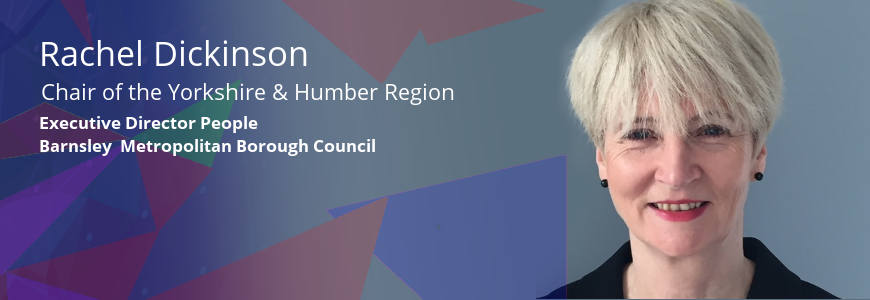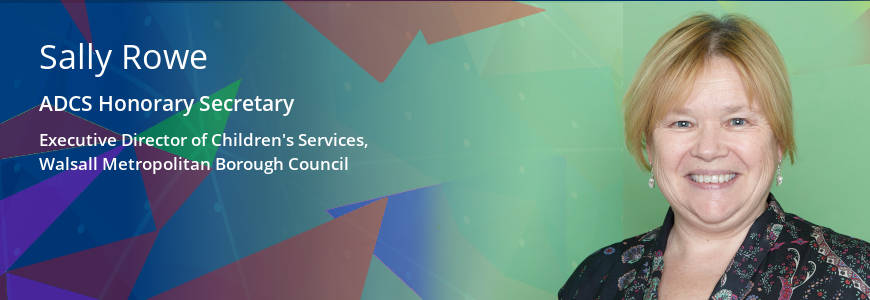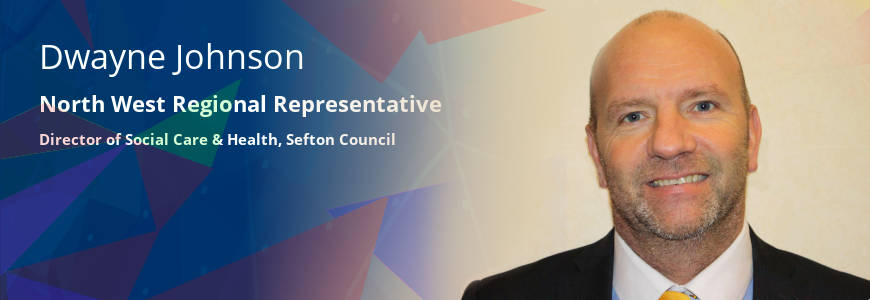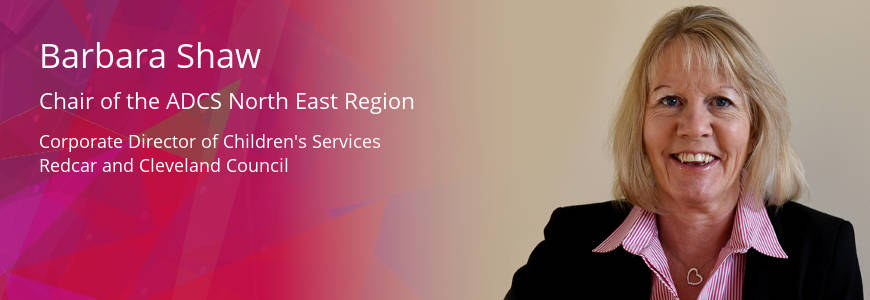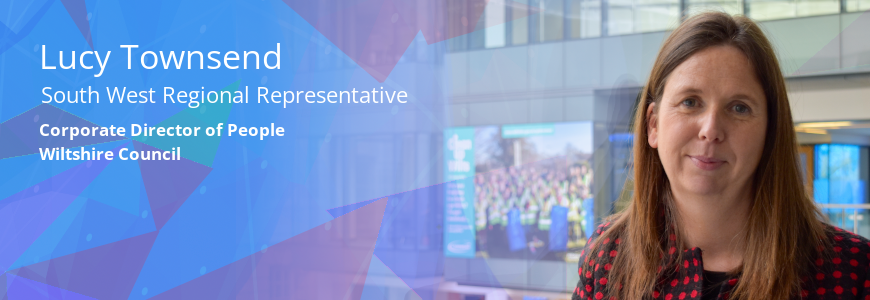Levelling up…it’s not just about buildings and transport
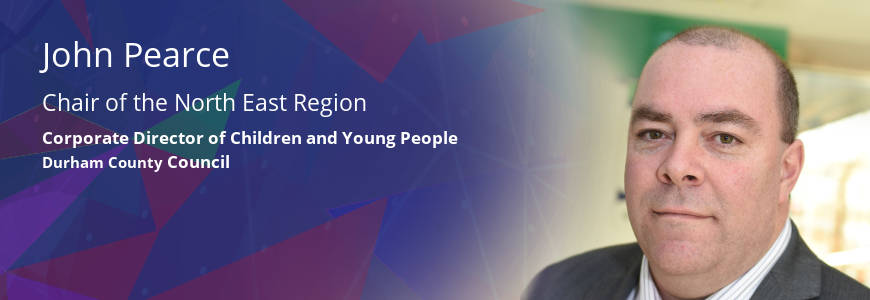
Whilst thinking about a theme to focus on for this blog I started to reflect on the changing political and national policy context of the last couple of years. In previous blogs I have written about the importance of the Care Review, the SEND review (still awaited!) and the impact of poverty on the lived experience of our children and families.
All these issues are still at the forefront of our work and the need to address them continues to be critical if we are to improve outcomes for our children and families. In this context I’m interested in what the highest profile national policy direction of ‘levelling up’ means for children and young people. Discussion to date about levelling up is dominated by large capital programmes and transport infrastructure but where is the thinking in terms of the people side of ‘levelling up’?
In the North East submission to the National Care Review one of our big asks was for government to develop an ambitious, cross-departmental strategy to reduce, and then end, child poverty as part of its ‘levelling up’ agenda. We started to explore the concept of ‘social levelling up’ and how that should underpin the national approach. Whilst the physical infrastructure of a place is important and can have a significant influence, it’s essential that equal importance is given to the social infrastructure that shapes the lives of our communities. This is particularly important in regions such as the North East with long standing and endemic levels of poverty that must be addressed if we are to really make a difference.
As the government grapples with the concept of ‘levelling up’ I think there is a real opportunity for us to influence and ensure it doesn’t just become about buildings and transport. The Spending Review started to make some welcome steps in the right direction, however, the lack of a joined up strategy, at a national level for children and young people, was evident in the number of individual programmes for which funding was announced.
As system leaders for our communities, it is incumbent upon us to make the case at a national level and use our collective voice to help shape change. What would a world look like where ‘social levelling up’ was at the heart of national policy? What could that mean for our children and young people?
I’m an optimist and it does feel like the door is open for a much better dialogue locally, regionally, and nationally to resolve some of these long-standing issues. As we head into a challenging winter let’s not forget to focus on the future and hold on to the ambition we have for our children and young people.
Related Blog Articles
I visited North Yorkshire this week with a small number of colleagues, to find...
In Care
It’s an absolute honour to be writing a blog for ADCS and to be representing...
In General
Language is so important, it affects the way we see people and situations and...
In General
Like me, many of you might be relieved that a serving MP wasn’t the winner of...
In Leadership
Late last month saw the official launch of Frontline within the North East...
In Workforce
Highs and lows are part of our professional reality and this week has been no...
In General
The Behind Closed Doors preface ends with the statement “I explore an...
In Early Help & Families
I have been wondering about whether the ADCS blog could become like one of those...
In General
“One hundred years from now, it will not matter what kind of car I drove, what...
In Care
In the last week, I had a really interesting series of meetings with Dave Hill,...
In Education
I picked up a great tip from a group of young people recently: if you want...
In Care
I write this travelling home from London, having spent the day at the National...
In General
Hi I’m Cassie, one of around 600 children and young people in care living in...
In Care
I was in a fascinating conversation with a policy type this week, apparently we...


